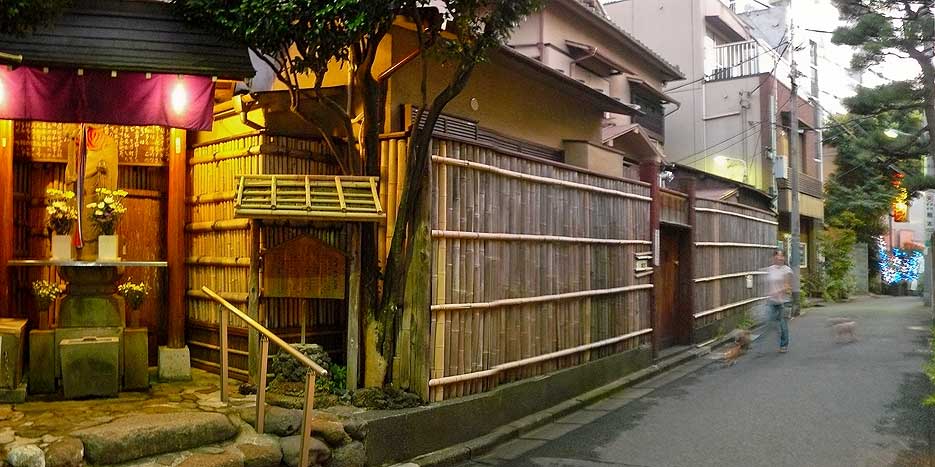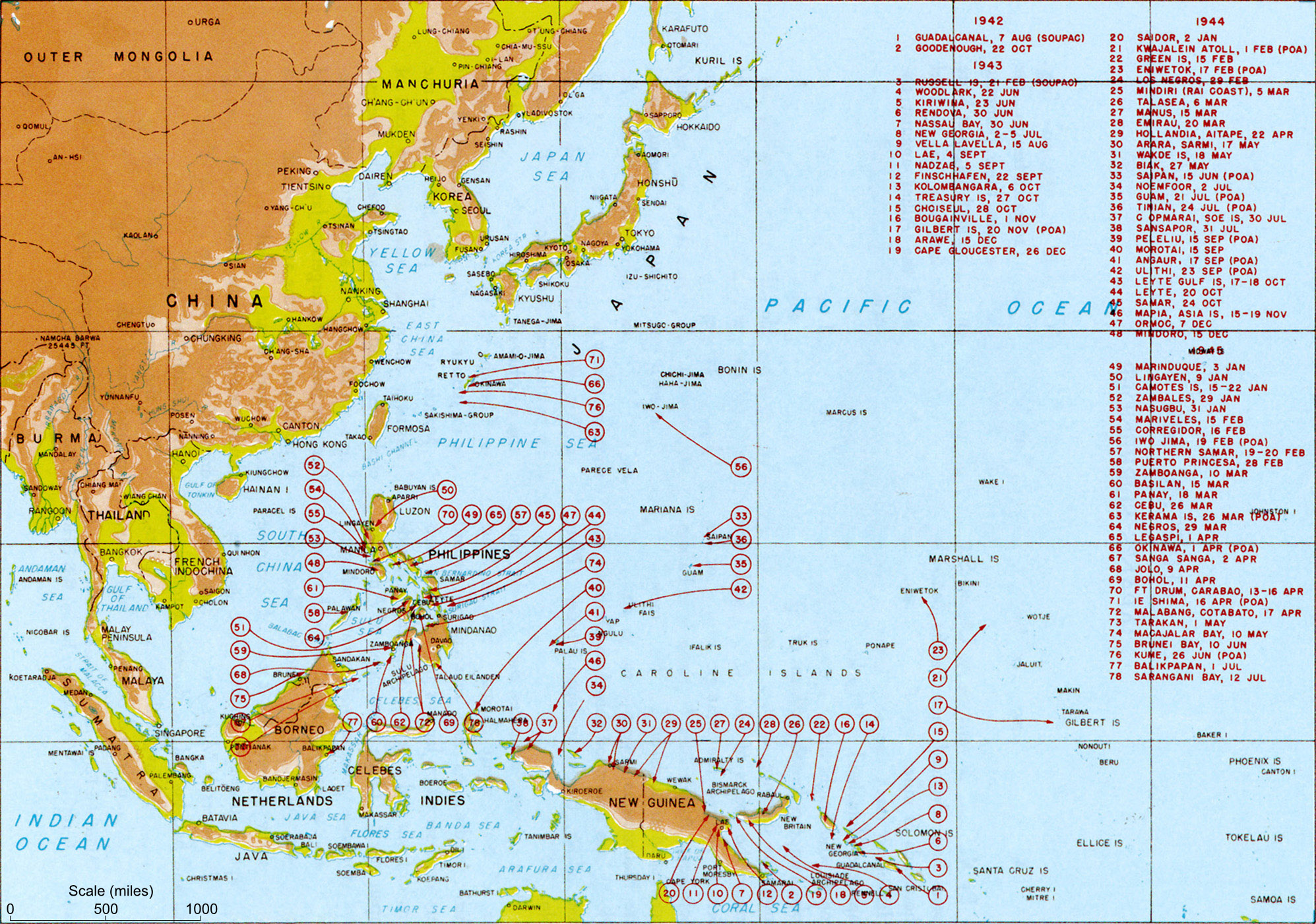|
Association Of Shinto Shrines
The is a religious administrative organisation that oversees about 80,000 Shinto shrines in Japan. These shrines take the Ise Grand Shrine as the foundation of their belief. It is the largest Shrine Shinto organization in existence. Description The association has five major activities, in addition to numerous others: *Publication and dissemination of information on Shrine Shinto *The performance of rituals; *Education of adherents to Shinto; *Reverence of Ise Grand Shrine and the distribution of its Ofuda, amulets called ''Jingū Taima'' (:ja:神宮大麻, 神宮大麻); and *Preparation and training of individuals for the kannushi, Shinto priesthood. It currently has an administrative structure including a main office and branches. Its headquarters in Yoyogi, Shibuya, Tokyo, adjacent to Meiji Shrine. Its leadership includes the , the head priestess of the Ise Shrine, presently Sayako Kuroda. The is , and the post of or Secretary-General is currently held by Masami Yatabe, t ... [...More Info...] [...Related Items...] OR: [Wikipedia] [Google] [Baidu] |
Shibuya
is a Special wards of Tokyo, special ward in Tokyo, Japan. A major commercial center, Shibuya houses one of the busiest railway stations in the world, Shibuya Station. As of January 1, 2024, Shibuya Ward has an estimated population of 230,609 in 142,443 households and a population density of . The total area is . Notable neighborhoods and districts of Shibuya include Harajuku, Ebisu, Shibuya, Ebisu, Omotesandō, Yoyogi and Sendagaya. Shibuya came into the possession of the Shibuya clan in the early 1160s, after which the area was named. The branch of the clan that ruled this area was defeated by the Later Hōjō clan on January 13, 1524, during the Sengoku period, and the area then came under their control. During the Edo period, Shibuya, particularly Maruyamachō, Shibuya, Maruyamachō on Dōgenzaka, prospered as a town on Oyama Road (present-day Japan National Route 246, Route 246), and in the Meiji era, as a Hanamachi. Shibuya emerged as a railway terminus during the expan ... [...More Info...] [...Related Items...] OR: [Wikipedia] [Google] [Baidu] |
Sayako Kuroda
, formerly , is the youngest child and only daughter of Emperor Emeritus Akihito and Empress Emerita Michiko, and the younger sister of the current Emperor of Japan, Naruhito. She is an imperial Shinto priestess of the Ise Grand Shrine, currently serving as the Supreme Priestess. Kuroda held the appellation "''Nori-no-miya''" (Princess Nori), until her marriage to Yoshiki Kuroda on 15 November 2005. As a result of her marriage, she gave up her imperial title and left the Japanese Imperial Family, as required by the Article 12 of the Imperial Household Law, and received a payment of approximately US$1,000,000. Education and career Princess Sayako was born on 18 April 1969 at the Imperial Household Agency Hospital in Tokyo Imperial Palace, Tokyo. Her mother, Empress Emerita Michiko, is an alumna of the University of the Sacred Heart and a convert to Shinto from Roman Catholicism. She first attended Kakinokizaka Kindergarten in 1973, and then Gakushuin school for her pri ... [...More Info...] [...Related Items...] OR: [Wikipedia] [Google] [Baidu] |
Home Ministry (Japan)
An interior ministry or ministry of the interior (also called ministry of home affairs or ministry of internal affairs) is a government department that is responsible for domestic policy, public security and law enforcement. In some states, the interior ministry is entrusted with the functions of ensuring national security, immigration issues and protecting places of detention. Structurally, an interior ministry is part of the highest bodies of executive power and reports directly to the head of government. In states with a federal structure, the ministry often has branches at the level of states or federal subjects. Lists of current interior ministries Named "ministry" * Ministry of Internal Affairs (Adygea) * Ministry of Interior Affairs (Afghanistan) * Ministry of Internal Affairs (Albania) * Ministry of Internal Affairs (Altai Republic) * Ministry of the Interior (Argentina) * Ministry of the Interior (Austria) * Ministry of Internal Affairs (Azerbaijan) * Minist ... [...More Info...] [...Related Items...] OR: [Wikipedia] [Google] [Baidu] |
Disestablishment
The separation of church and state is a philosophical and jurisprudential concept for defining political distance in the relationship between religious organizations and the state. Conceptually, the term refers to the creation of a secular state (with or without legally explicit church-state separation) and to disestablishment, the changing of an existing, formal relationship between the church and the state. The concept originated among early Baptists in America. In 1644, Roger Williams, a Baptist minister and founder of the state of Rhode Island and the First Baptist Church in America, was the first public official to call for "a wall or hedge of separation" between "the wilderness of the world" and "the garden of the church." Although the concept is older, the exact phrase "separation of church and state" is derived from "wall of separation between Church & State," a term coined by Thomas Jefferson in his 1802 letter to members of the Danbury Baptist Association in the st ... [...More Info...] [...Related Items...] OR: [Wikipedia] [Google] [Baidu] |
Shinto Directive
The Shinto Directive was an order issued in 1945 to the Japanese government by Occupation authorities to abolish state support for the Shinto religion. This unofficial "State Shinto" was thought by Allies to have been a major contributor to Japan's nationalistic and militant culture that led to World War II. The purpose of the directive was ostensibly based in ideas of freedom of religion and separation of church and state. History After the Second World War, it was generally understood by Allied students of Japanese culture and religion that Shinto in the form it took leading up to and during the war was social propaganda and was used as a tool of ultra-nationalism and a disguise for militarism. However, even though this support of Shinto was defined as non-religious propaganda, in the Allied schools it was being taught as religious in nature. Thus, it was US policy regarding post-surrender Japan to abolish "State Shinto," which was not and never had been a formal Imperia ... [...More Info...] [...Related Items...] OR: [Wikipedia] [Google] [Baidu] |
Supreme Commander For The Allied Powers
The Supreme Commander for the Allied Powers (), or SCAP, was the title held by General Douglas MacArthur during the United States-led Allied occupation of Japan following World War II. It issued SCAP Directives (alias SCAPIN, SCAP Index Number) to the Japanese government, aiming to suppress its "militaristic nationalism". The position was created at the start of the occupation of Japan on August 14, 1945. It was originally styled the Supreme Commander of the Allied Powers. In Japan, the position was generally referred to as GHQ (General Headquarters), as SCAP also referred to the offices of the occupation (which was officially referred by SCAP itself as ), including a staff of several hundred US civil servants as well as military personnel. Some of these personnel effectively wrote a first draft of the Japanese Constitution, which the National Diet then ratified after a few amendments. Australian, British Empire, and New Zealand forces under SCAP were organized into a sub-comm ... [...More Info...] [...Related Items...] OR: [Wikipedia] [Google] [Baidu] |
World War II
World War II or the Second World War (1 September 1939 – 2 September 1945) was a World war, global conflict between two coalitions: the Allies of World War II, Allies and the Axis powers. World War II by country, Nearly all of the world's countries participated, with many nations mobilising all resources in pursuit of total war. Tanks in World War II, Tanks and Air warfare of World War II, aircraft played major roles, enabling the strategic bombing of cities and delivery of the Atomic bombings of Hiroshima and Nagasaki, first and only nuclear weapons ever used in war. World War II is the List of wars by death toll, deadliest conflict in history, causing World War II casualties, the death of 70 to 85 million people, more than half of whom were civilians. Millions died in genocides, including the Holocaust, and by massacres, starvation, and disease. After the Allied victory, Allied-occupied Germany, Germany, Allied-occupied Austria, Austria, Occupation of Japan, Japan, a ... [...More Info...] [...Related Items...] OR: [Wikipedia] [Google] [Baidu] |
Surrender Of Japan
The surrender of the Empire of Japan in World War II was Hirohito surrender broadcast, announced by Emperor Hirohito on 15 August and formally Japanese Instrument of Surrender, signed on 2 September 1945, End of World War II in Asia, ending the war. By the end of July 1945, the Imperial Japanese Navy (IJN) was incapable of conducting major operations and an Operation Downfall, Allied invasion of Japan was imminent. Together with the United Kingdom and Republic of China (1912–49), China, the United States called for the unconditional surrender of Japan in the Potsdam Declaration on 26 July 1945—the alternative being "prompt and utter destruction". While publicly stating their intent to fight on to the bitter end, Japan's leaders (the Supreme War Council (Japan), Supreme Council for the Direction of the War, also known as the "Big Six") were privately making entreaties to the publicly neutral Soviet Union to mediate peace on terms more favorable to the Japanese. While mainta ... [...More Info...] [...Related Items...] OR: [Wikipedia] [Google] [Baidu] |
Ujigami
An is a guardian ''kami'' of a particular place in the Shinto religion of Japan. The ''ujigami'' was prayed to for a number of reasons, including protection from sickness, success in endeavors, and good harvests. History The ''ujigami'' is thought to have been more important only since the eighth century. In its current form, the term ''ujigami'' is used to describe several other types of Shinto deities. Originally, the term ''ujigami'' referred to a family god. It is believed that, at first, these deities were worshiped at temporary altars. After the Heian period, the Shōen, Japanese manorial system was established and nobles, warriors and temples had their own private land, the family-based society fell out of use, and belief in ujigami diminished. In turn, the lords of the manors began to pray to the deities to protect their land. These guardian deities were referred to as . In the Muromachi period the manorial system declined, and so the guardian deities were enshrined ... [...More Info...] [...Related Items...] OR: [Wikipedia] [Google] [Baidu] |
Religious Corporation
A religious corporation is a type of religious non-profit organization, which has been incorporated under the law. Often these types of corporations are recognized under the law on a subnational level, for instance by a state or province government. The government agency responsible for regulating such corporations is usually the official holder of records, for instance, the Secretary of State. In the United States, religious corporations are formed like all other nonprofit corporations by filing articles of incorporation with the state. Religious corporation articles need to have the standard tax-exempt language the IRS requires. Religious corporations are permitted to designate a person to act in the capacity of corporation sole. This is a person who acts as the official holder of the title on the property, etc. There are four different forms of religious corporations with regard to their laws and the way they function within government. The four classes are "the aggregate cor ... [...More Info...] [...Related Items...] OR: [Wikipedia] [Google] [Baidu] |
Home Ministry
An interior ministry or ministry of the interior (also called ministry of home affairs or ministry of internal affairs) is a Ministry (government department), government department that is responsible for domestic policy, public security and law enforcement. In some states, the interior ministry is entrusted with the functions of ensuring national security, immigration issues and protecting places of Detention (imprisonment), detention. Structurally, an interior ministry is part of the highest bodies of Executive (government), executive power and reports directly to the head of government. In states with a federal structure, the ministry often has branches at the level of Federated state, states or federal subjects. Lists of current interior ministries Named "ministry" * Ministry of Internal Affairs (Adygea) * Ministry of Interior Affairs (Afghanistan) * Ministry of Internal Affairs (Albania) * Ministry of Internal Affairs (Altai Republic) * Ministry of the Interior (Argentina) * ... [...More Info...] [...Related Items...] OR: [Wikipedia] [Google] [Baidu] |





